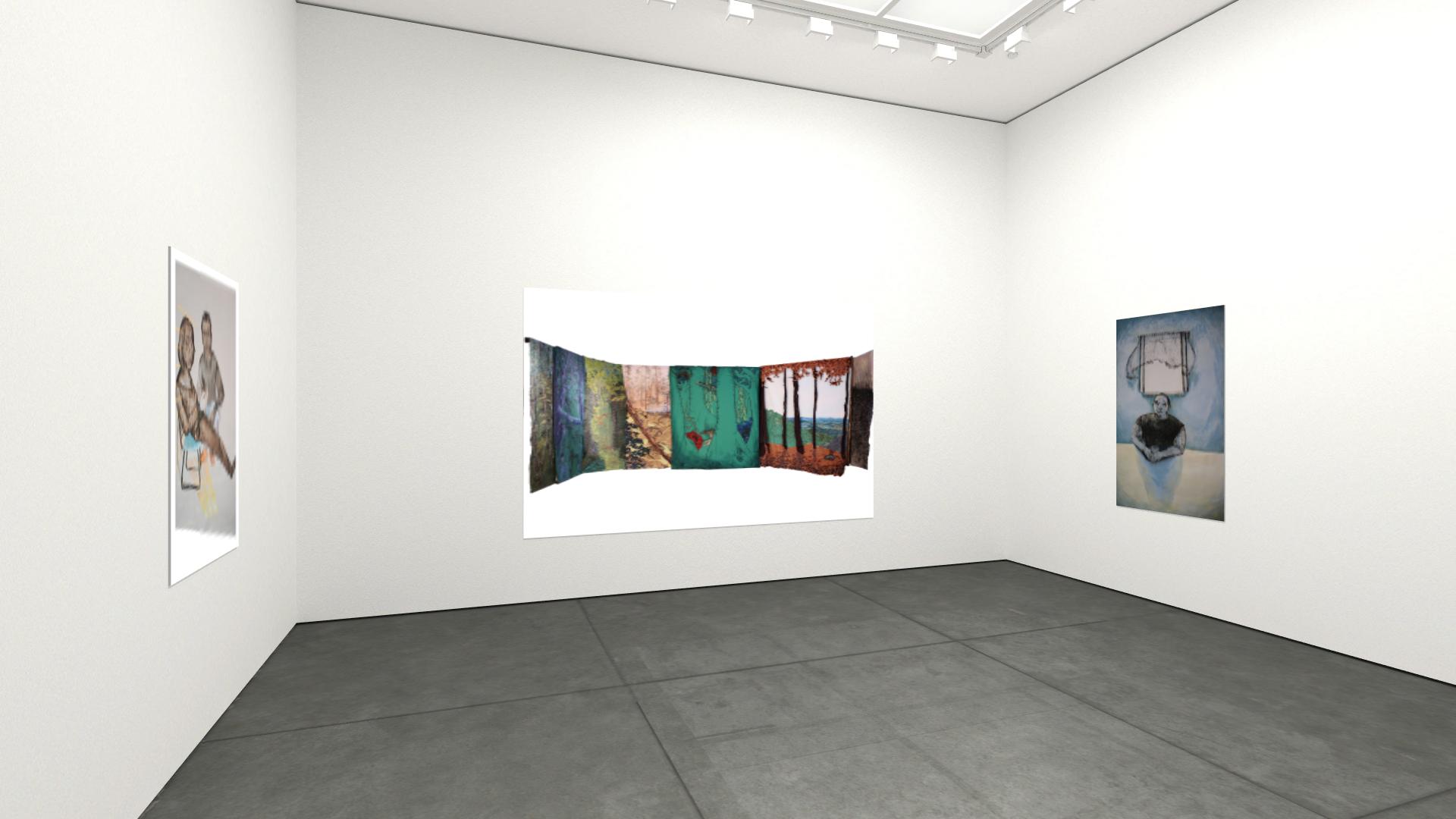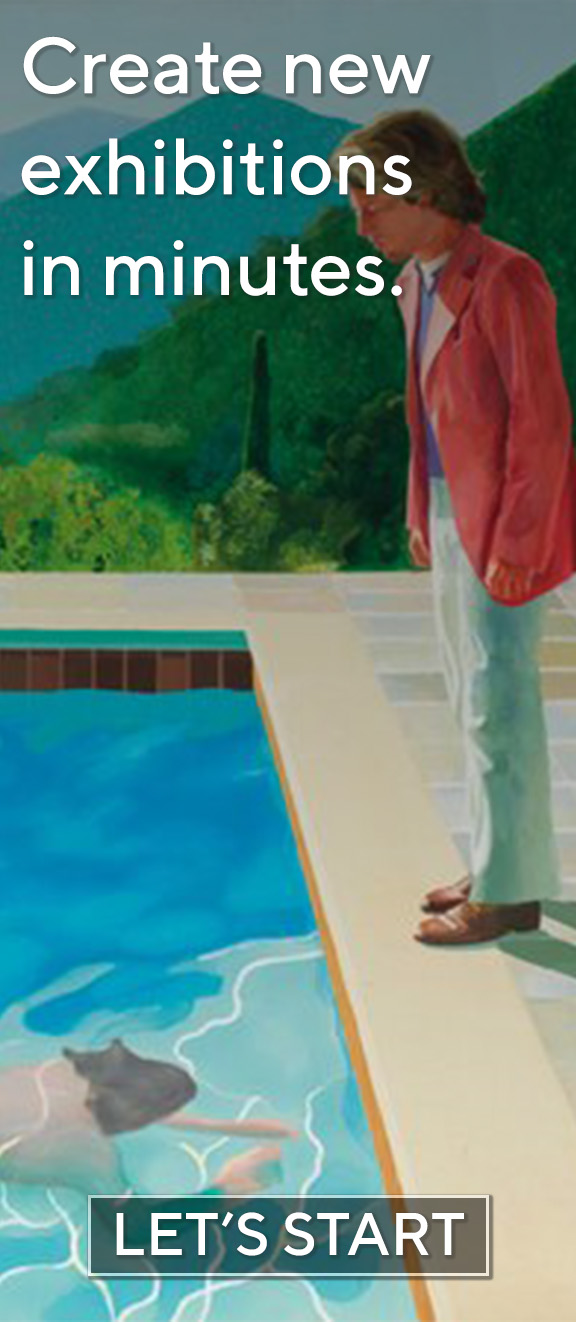

The Gumbo Limbo tree sheds its flaky bark in order to prevent colonization by parasitic insects. The Cecropia tree is the "pioneer species", venturing into eroded or burned lands to provide shade, restore the soil and initiate regrowth. Orangutan families rarely sleep in the same nest twice, and adult males lead solitary lives once leaving their mothers as adolescents. Similarly, humans take up certain roles dependent on social and environmental movements in each generation. Barabbas's Garden examines how growth occurs while a person is affected by environments, decisions, circumstances, and the intersection between self and others. The obsessive medium of free-stitch embroidery/tapestry here merges with the unstable and ambiguous quality of wood lithography and the intimate sound of the human voice in an interactive exhibition. This combination of mediums allows viewers to enter into the confusion, polarity, and intensity of desire present in the act of repeatedly "being" the identity that we have of ourselves, and of experiencing others' identities.
The audio projected from the tapestry includes fragments of the artist's voicemail recordings saved over the past decade as well as portions of individual interviews that the artist conducted with participants, most of whom the artist met for the first time during their interview. A soundscape crafted from edited pieces of words serves as a rumbling interlude during the audio piece, where the human voice resembles the sounds of a rainforest in the nighttime.
This exhibition presented the first "phase" of the tapestry. As it continues to change and grow, this current phase will have only been seen by those who have visited this exhibition.










